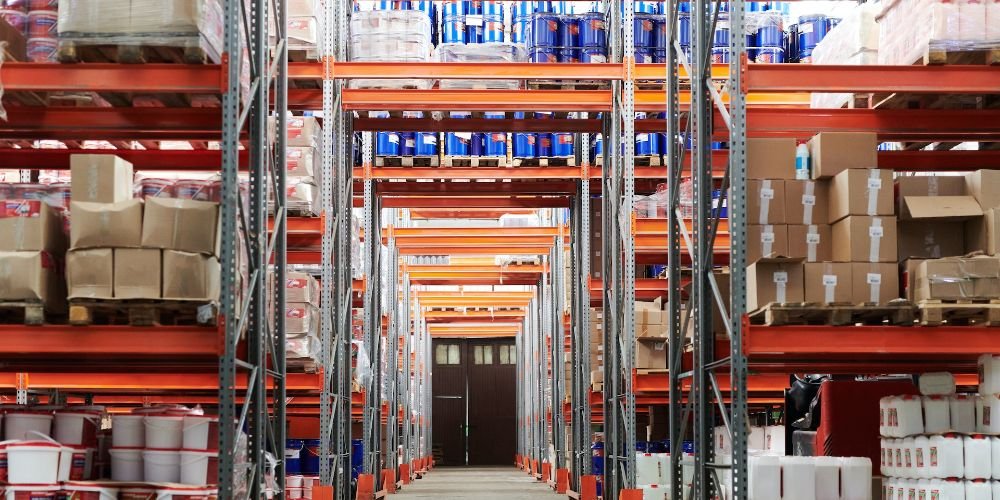As business and industry in the U.S. continue to expand, so too does the demand for space to do business, which has created a healthy market of industrial real estate in many parts of the country.
With this fast-growing demand has come an increase in sublease space – a fact that can have far-reaching implications for directors, realtors, property owners, company owners and even tech entrepreneurs across industries who are looking to make decisions around office or commercial properties.
In this piece we explain what a rise in sublease space indicates and how it affects those within all facets of the industrial real estate market.
Industry Insight
Savills PLC research revealed that the national industrial market is as hot as ever, with sublease inventory skyrocketing by 50% over Q1 of 2022.
Surprisingly, only 0.5% of all available space in this sector resides on the open-market for subleasing purposes – an incredibly low number given the booming demand across this market since late 2021.
Mark Russo from Savills reflected that such a sharp rise in growth serves to be a harbinger of rapidly transforming forces within this sector and will bring about great changes sooner rather than later!
“It’s not (that) the sublease availability in itself is going to upset the market,” Russo added. “I look at it more as a barometer for what’s coming in the next six months. It’s a signal that businesses don’t need as much warehouse space anymore. More concerning, it’s going to trickle into new leasing activity.”
Not Every City is Affected The Same
The thriving Dallas-Fort Worth industrial market offers 112.8 million square feet of warehouse space, where sublet inventory only makes up a mere 4%. Chicago follows in second with 6.9% share and Atlanta takes third place at 7.6%.
With industrial markets across the U.S. becoming increasingly competitive, subleasing has become an incredibly prominent component of vacant warehouse real estate – with distribution hubs such as California’s Inland Empire boasting a staggering 11.2% share in its available inventory, Russo revealed.
“In these very tight markets like southern California and New Jersey, you’re more likely to look at a sublease option … where it’s been very difficult to get a nice, quality, functional warehouse space in recent years,” said Russo.
In an economy that is becoming more challenging, companies are increasingly looking to save costs in any way they can – and this includes their real estate. With tenants now subleasing spaces never even occupied before, it’s yet another sign of the shifting market landscape.
Warehouse Construction is on the Rise
The current national footprint of industrial construction remains high on a historical scale, offering an optimistic outlook for the near future.
At the conclusion of Q1, Cushman & Wakefield PLC (NYSE: CWK) had identified 663.3 million square feet of warehouse space in various stages of development across the US – a decrease from previous quarters but still significantly higher than historical averages.
There is evidence to suggest that areas with extremely busy development pipelines may reach temporary supply levels surpassing customer demand in certain markets this year due to a predicted pullback of new starts.
Warnings of an upcoming slowdown in industrial construction are prompting concern that a temporary imbalance between tenant demand and supply may arise as economies grapple with the coronavirus outbreak.
It will be important for stakeholders across the industry to consider how their individual strategies can best take advantage of these trends as they develop throughout 2023 and beyond.
During the past two years, CapRock Partners LLC has witnessed phenomenal growth in industrial real estate – propelled by a surge of e-commerce sales brought about during the pandemic. However, with increasing economic uncertainty looming on the horizon and consumer spending shifting back to pre-pandemic levels, companies are keeping their eyes fixed firmly on tighter purse strings in anticipation of an incoming recession.
Cushman reported an impressive 84% of warehouse space under construction at the beginning of Q1 was speculative. Meanwhile, Pharris noted his firm is staying selective when it comes to location – similarly to office spaces, there’s a notable trend in warehouses towards higher quality sites and developments.
An unprecedented surge in industrial leasing activity is on the upswing. In 2021 alone, Class A properties accounted for 46.2% of overall deal volume.
That trend only seems to be gaining momentum with projections suggesting it could take until 2024 for a market equilibrium between supply and demand levels to come about due to an influx of new products likely over the next year or so.













